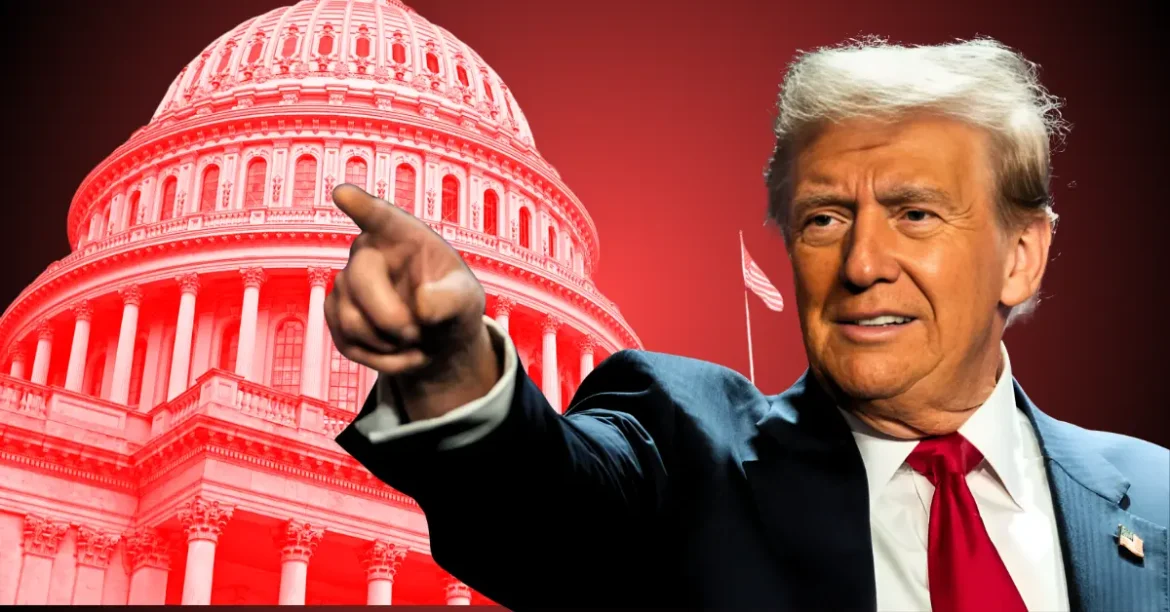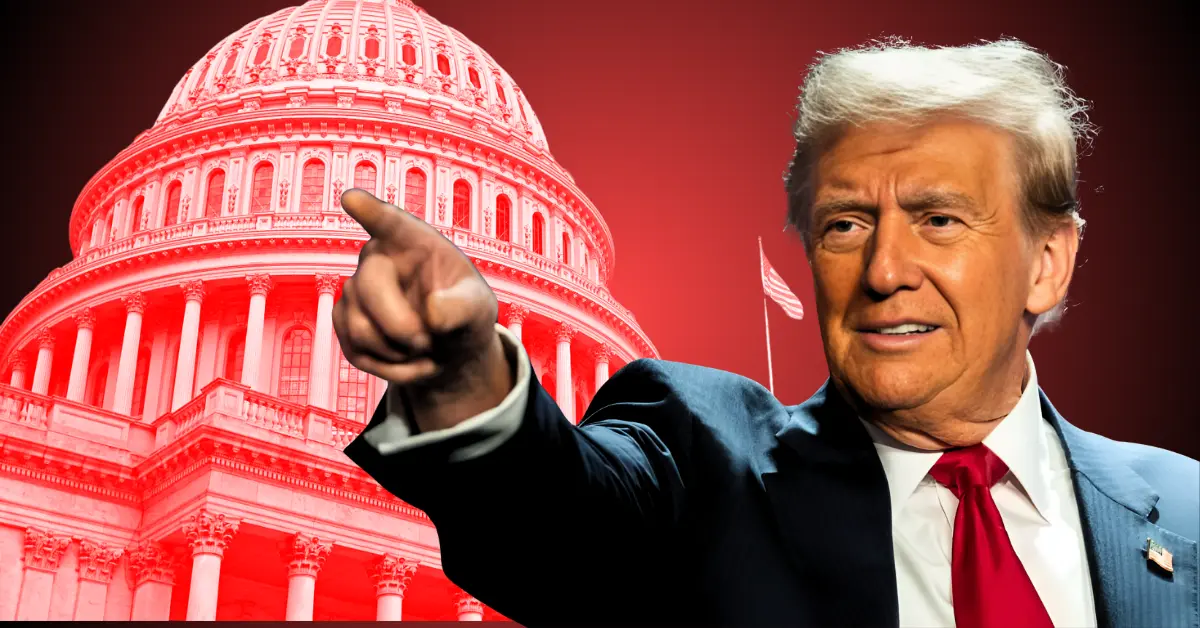The United States Senate’s narrow passage of President Donald Trump’s “Big, Beautiful Bill” marks a pivotal moment in his administration, setting the stage for significant economic and political shifts. The bill, officially known as the “One Big Beautiful Bill Act,” was approved by a razor-thin margin of 51-50, with Vice President JD Vance casting the decisive tie-breaking vote. This legislative victory underscores the administration’s ability to navigate a contentious political landscape and deliver on key campaign promises.
The journey of the “Big, Beautiful Bill” through the Senate was fraught with challenges. Democrats vehemently opposed the bill, citing concerns about its potential impact on the national debt and the disproportionate benefits it bestows upon corporations and high-income individuals. Even within the Republican Party, divisions emerged, necessitating intense negotiations and compromises to secure the necessary votes. The marathon voting session highlighted the diverse priorities and perspectives within the Senate, as numerous amendments were proposed and debated. Ultimately, Republican senators coalesced around the bill, driven by a shared commitment to advancing the President’s agenda and fulfilling their obligations to voters.
The “Big, Beautiful Bill” is a comprehensive legislative package that encompasses a wide array of policy changes. At its core, the bill extends several tax cuts initially enacted during Trump’s first term, primarily benefiting corporations and high-income individuals. Proponents argue that these tax cuts will stimulate economic growth by encouraging investment and job creation. However, critics contend that they will exacerbate income inequality and contribute to the national debt. To offset the cost of these tax cuts, the bill includes a series of spending cuts across various government programs, targeting areas such as social welfare, environmental protection, and education. These cuts have sparked concerns about their potential impact on vulnerable populations and essential services.
In addition to tax and spending provisions, the bill includes significant changes to energy policy. Notably, it restores the nuclear power production tax credit and provides tax credits for new energy technologies. These measures aim to promote domestic energy production and reduce reliance on foreign sources. The bill also addresses a variety of other issues, including healthcare, immigration, and national security, reflecting the administration’s priorities and addressing specific challenges facing the country.
With the Senate’s approval, the “Big, Beautiful Bill” now heads to the House of Representatives for consideration. Speaker Mike Johnson will play a pivotal role in guiding the bill through the House, where it is likely to face further debate and amendment. If the House passes the bill, it will be sent to President Trump for his signature, officially enacting it into law. However, the process is not yet complete, and the House could make significant changes to the bill, requiring further negotiations between the two chambers of Congress.
The “Big, Beautiful Bill” is expected to have profound economic implications, both in the short term and the long term. Proponents argue that the tax cuts will boost economic growth, create jobs, and increase wages. They point to historical data and economic models to support their claims, suggesting that lower taxes incentivize investment and entrepreneurship. Critics, however, warn that the bill will lead to increased budget deficits and national debt, potentially crowding out other important investments and undermining long-term economic stability. They also argue that the tax cuts disproportionately benefit the wealthy, exacerbating income inequality and potentially leading to social unrest. The actual economic impact of the bill will depend on a variety of factors, including the overall state of the economy, the response of businesses and consumers, and the policies implemented by the Federal Reserve.
The passage of the “Big, Beautiful Bill” also has significant political ramifications. For President Trump, the bill represents a major legislative victory, demonstrating his ability to deliver on his promises and enact his agenda. This could boost his approval ratings and strengthen his position within the party. For the Republican Party, the bill could serve as a unifying force, bringing together different factions and providing a clear policy platform for the upcoming elections. However, it could also exacerbate divisions within the party, particularly if the economic impact of the bill is not as positive as expected. The Democrats, on the other hand, are likely to use the bill as a rallying cry, arguing that it benefits the wealthy at the expense of the middle class and the poor. They will likely campaign against the bill in the upcoming elections, seeking to reverse its provisions and implement their own economic agenda.
The passage of Trump’s “Big, Beautiful Bill” represents a defining moment in his presidency and in American politics. The bill’s sweeping changes to tax and spending policies will have far-reaching consequences for the economy, society, and the political landscape. Whether these consequences will be positive or negative remains to be seen, but one thing is certain: the “Big, Beautiful Bill” will be a subject of debate and discussion for years to come. The bill is a reflection of the current political climate and will likely shape the trajectory of the nation’s future.
The narrow passage of this bill signals not just a legislative victory, but the dawn of a new era, one where the long-term effects on the American people will ultimately define its true legacy. The bill’s provisions, ranging from tax cuts to spending reductions and energy policy reforms, will shape the economic and political landscape for years to come. As the bill moves through the House of Representatives and potentially becomes law, its impact will be closely watched and debated by policymakers, economists, and the American public alike. The “Big, Beautiful Bill” is a testament to the complexities of the legislative process and the enduring influence of presidential leadership in shaping the nation’s future.





